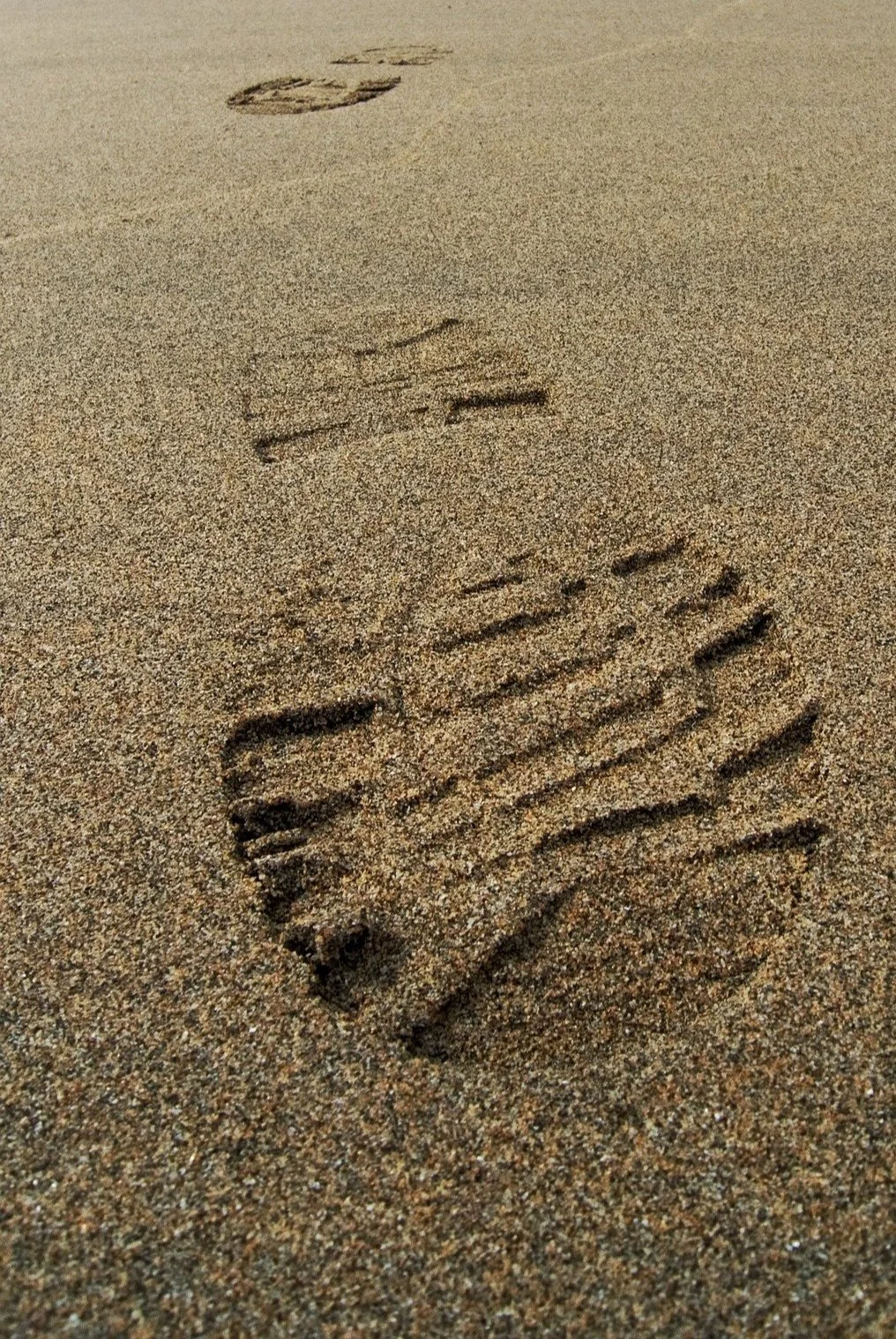Loose Ends.
A friend of mine recently pointed me toward an interesting blog post by the author E.May and asked me my thoughts on it. In a nutshell, May discusses the idea of "loose ends": bits and bobs an author throws into their story that might entice a reader's imagination but don't necessarily help a reader's understanding. As may put it:
“I also had an interesting question; without spoiling anything, one of my readers asked about a detail in one of the scenes (I think it’s safe to say that it’s a crack in the ceiling) and asked what the significance of it was. I told him the truth – it’s one of those things I put in my stories that I want the reader to interpret for themselves. Maybe it symbolizes something. Maybe it’s a plot point. Maybe it’s just a crack in the ceiling.”
Loose ends are one of the reasons I read. I feel thoughts and feelings run through books like a river system. There's a central watercourse -- the main plot -- and branching off it are various tributaries and estuaries; I'd say the crack in the ceiling mentioned above is one of those branching streams.
As a reader, I love exploring and considering what a detail might or might not mean. It's a real pleasure. It engages me with the text, and even if it doesn't go anywhere, it gives me an excuse to sit and daydream about the possibilities.
As a writer, I've found it extremely challenging to insert these kinds of things in a way that readers might like. I've only started working on fiction, my first book being a memoir, and this can be tricky in non-fiction. After all, you have to be true to what actually was there and what happened. As a result, my loose ends tend to be throwaway thoughts that grabbed me at a certain moment; something from my travels that made me think. Unfortunately, my early readers felt a lot of them moved too far from the main action to really explore. When I started out, I tried keeping them in line with the text, but it was getting too confusing. I was all over the place; jumping from the action to my observations on the action, to some historical bit of trivia inspired by the action and then back to the action.
I solved this problem by using footnotes. I started removing the tributaries and dropping them into notes at the bottom of the page. I specifically chose footnotes and not end notes so no awkward page flipping was required to read them, just a quick glance instead. The idea was to give the reader a choice: you can ride down the big river, enjoying the action, or explore the streams draining into the main narrative at your leisure. So far, for every person who tells me the footnotes were a turn-off, there's one person who enjoyed them. Oh well.
